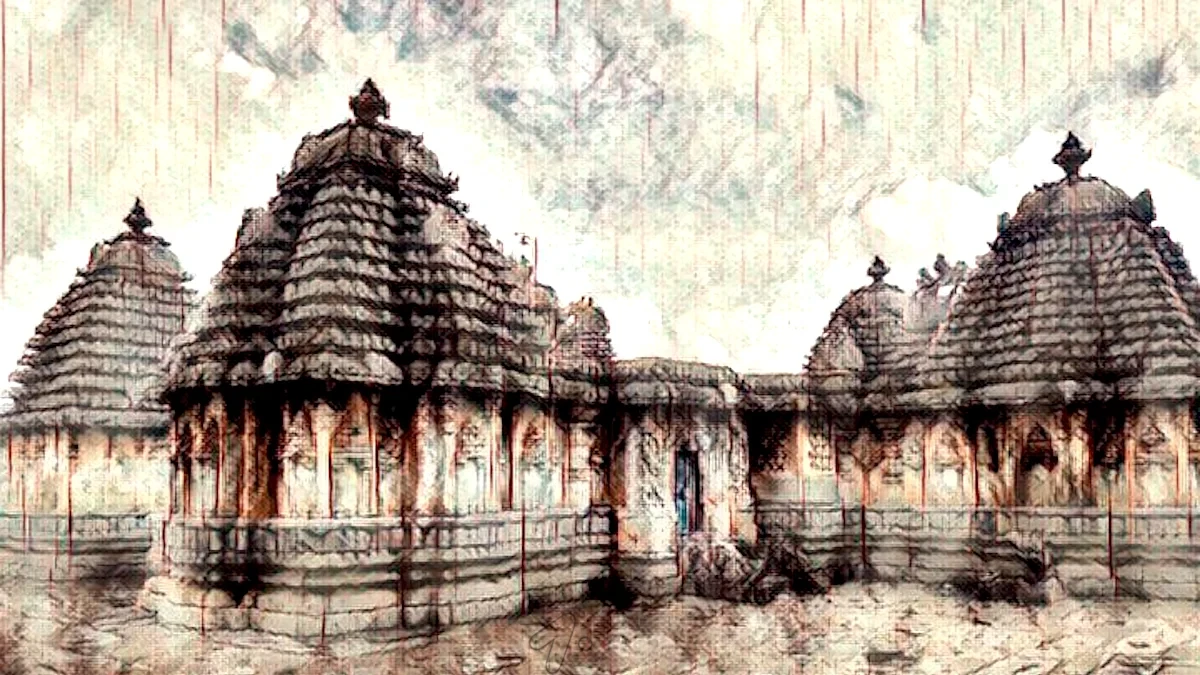Namadhari Gowda

Published on Friday, Jul 28, 2023 11:44 | Views 845
The common question people ask me is "You say you are Gowda, then how come you are vegetarian?" !!
I just smile and say this is the community I belong to and this is how our ancestors have lived, so do I.
This is something that I learnt in the past from our beloved "Internet", which I knew for some time already, but not in such a depth.
Here goes the short (hi)story!
The Namadhari Vokkaliga group is the oldest and second largest Vokkaliga sub-group found mainly in the 'Malnad' region of Karnataka in the districts of Shimoga, Chickamagalur, Kodagu and Dakshina Kannada though they have spread to the Karavali and Bayalu Seemae also. (Karnataka is divided into three Seemaes or geographical areas: starting from the coastline called Karavali, The Western Ghats called Malnad and the plain lands called Bayalu Seemae).
Though originally said to belong to 18 root families or Balis, the vast Namadhari population encompasses numerous sub-sects and folds. Like most Vokkaligas, they have Shaiva and Vaishnava folds. It is said that the Namadhari Gowdas acquired their name after they were re-converted to Hinduism during the time of the Hoysala King Vishnuvardhana, by the celebrated Srivaishnava Acharya, Ramanuja and they started wearing the Srivaishnava Nama or Tilaka. The Namadhari Gowdas who had earlier been converted to Jainism (which had gained popularity in Karnataka during the period of the Western Gangas) thus came to be Vaishnavas and ardent followers of Tirupati Timmappa. To this day they retain vestiges of Jain traditions. For instance, some Namadhari sub-sects are still strictly vegetarian (a majority of Vokkaligas being non-vegetarian) and in most families, while honouring their ancestors, a separate vegetarian offering of food called Jaina Ede is made.
They are closely related to the Kannada speaking Nadavaru or the Nadugauda sect of the Bunts and like them trace their lineage or Bali matrilineally. The Namadhari Gowdas use Gowda, Hegde, Nayaka, Shetty etc. as their surnames. Their culture and traditions have been described in detail by Kuvempu in his novels. He was himself a member of the community. In fact the poet explains that amongst the Vokkaligas, Gowda was an administrative title, Nayaka a military title and Hegde, the title for the dispenser of law.
Even though limited to the available literature, these stories do throw light into the pathway our ancestors have walked.
Accurate? - may be, or not at all, but these are the existing strings that tie our present to the past. These roads are what have paved the way for the current culture, practices and life style we are living - in our own adaptaion, generation after generation.


